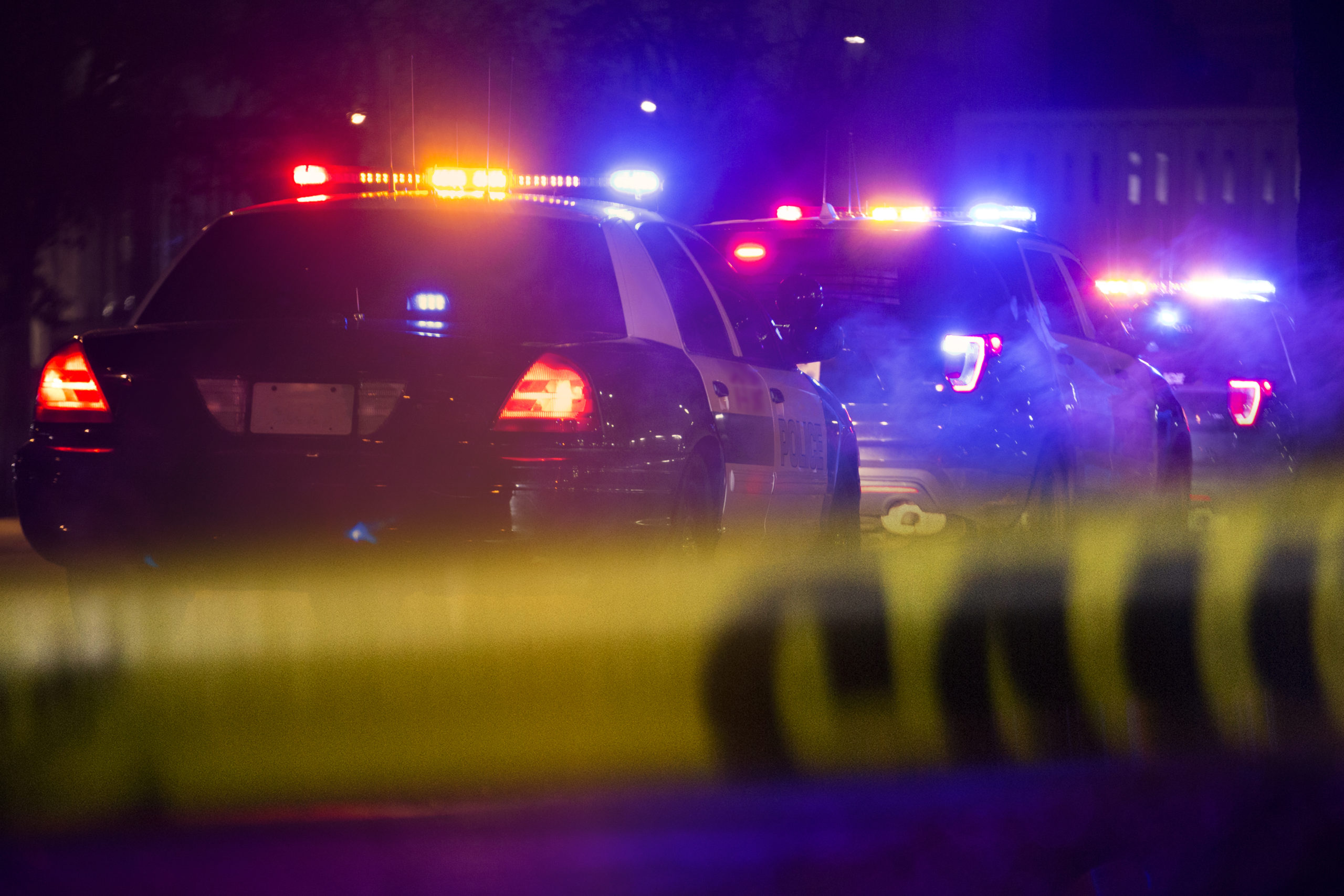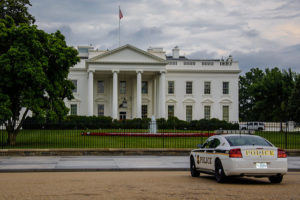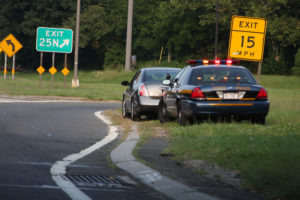
Leading experts propose changes to use of force regulation to eradicate police brutality.
George Floyd, an unarmed African American man, died after a white police officer kneeled on his neck for nearly nine minutes even after he became unresponsive. Despite widespread calls for change from both law enforcement and the public across the United States, some peaceful protests have turned violent as police and demonstrators clashed.
The Minneapolis police officers involved in Floyd’s killing have been charged with second-degree murder and with aiding and abetting second-degree murder. To secure convictions against these officers, prosecutors will need to show that the officers’ use of force was excessive, rather than “objectively reasonable.” Reasonableness is a term of art for the standard used to evaluate the legality of police force.
Today’s Saturday Seminar examines the courts’ prevailing approach to the reasonableness standard and highlights proposed reforms that could improve the ability of prosecutors to hold police officers accountable in cases like George Floyd’s. This seminar’s proposals are complemented by a 15-part series The Regulatory Review published three years ago that analyzed the issues and possible solutions to excessive force by law enforcement officials.
Experts often frame police use of force as a continuum of escalating actions that officers take. But according to a 1989 unanimous U.S. Supreme Court decision in Graham v. Connor, all use of force by the police is governed by the Fourth Amendment’s objective reasonableness standard. This standard focuses on the reasonableness of the officer’s “split-second judgment” to use force. The courts will deem a police officer’s judgment to be reasonable, and therefore not excessive, when “a reasonable police officer on the scene” would have judged the force “necessary.” Necessary means that the officer believed “that the suspect posed a threat of serious physical harm, either to the officer or to others” which could not be managed without force.
The courts apply the standard for excessive force in such a demanding fashion that it makes it difficult to convict police officers who kill unarmed civilians. Prosecutors must show that a reasonable officer on the scene facing the same split-second decision to use force would not have believed force was necessary. Although about 1,000 people die each year in their encounters with police, one expert found that, since 2005, “only 110 law enforcement officers nationwide have been charged with murder or manslaughter in an on-duty shooting.” Those prosecutions resulted in a mere 42 convictions, although 18 cases are still pending.
Reforming the Reasonableness Standard to Prevent Police Use of Excessive Force
- America needs “a shift in perspective” around the prosecution of police officers for excessive or unjustified use of deadly force, argues Jelani Jefferson Exum of the University of Detroit Mercy School of Law. In an article published in the Cleveland State Law Review, Exum claims that the current reasonableness standard inappropriately concentrates on the officer’s perception of the “dangerousness” of the victim against whom the officer uses force. Instead, Exum argues, the standard should consider the effects of racial bias—specifically that “Americans over-attribute criminal activity to blacks”—to determine whether the perception of dangerousness was reasonable. In addition, prosecution of police use of excessive force should also incorporate an examination of the reasonableness of the officer’s conduct prior to the use of force, he argues.
- Jeffrey Fagan and Alexis Campbell of Columbia Law School argue that the Fourth Amendment reasonableness standard lacks adequate protection for “persons of color by allowing racial bias to influence an officer’s use of deadly force.” In an article published in the Boston University Law Review, Fagan and Campbell find that Black suspects are two to four times more likely to be killed by police than other groups, even accounting for all other factors. They point out that the Fourth Amendment’s reasonableness standard may perpetuate this racial disparity because courts defer to officers’ subjective perceptions of threat, which might be influenced by racial stereotypes. Fagan and Campbell propose possible strategies for reducing racial disparities in deadly police force, such as diversifying police units, requiring officers to conduct a root cause analysis after adverse events, and implementing police training that specifically addresses the role of race in officers’ perceptions of threatening circumstances.
- The reasonableness standard is flawed because it does not consider the officers’ tactical training, argue Brandon Garrett of Duke University School of Law and Seth Stoughton of University of South Carolina School of Law in an article published in the Virginia Law Review. Instead, they argue, Fourth Amendment reasonableness analysis should be “grounded in tactics.” They note that best practices for police departments include training in “tactics that can be used to minimize the use of force or avoid it altogether.” Reasonableness analysis grounded in tactics would consider whether officers adhered to training in “sound police tactics and policy,” rather than analyzing split-second decision making.
Using Mechanisms Other than the Reasonableness Standard to Prevent Police Use of Excessive Force
- In an article published in the University of Illinois Law Review Cynthia Lee of The George Washington University Law School argues that policymakers should modify state laws on use of force by police to include an explicit “focus on the reasonableness of the officer’s actions.” Lee focuses on reforming state laws around police use of deadly force, which can adopt standards for reasonableness stricter than the Fourth Amendment. In her proposed model statute, she argues that three specific factors should be presented to juries deciding whether police officers’ actions were reasonable. First, criminal juries should evaluate whether victims of police violence had, or appeared to have had, a weapon in their possession. Second, fact finders should consider whether officers used de-escalation tactics prior to deadly force. Third, juries should examine whether officers engaged in any conduct leading up to the incident that could increase the possibility of a fatal confrontation. These elements, Lee asserts, would provide protections beyond the Fourth Amendment to ensure that the law enables police officers to use deadly force “only when such force is necessary and proportionate.”
- State regulations surrounding acceptable police use of force should incorporate Eighth Amendment values, such as no cruel and unusual punishment, into the traditional Fourth Amendment reasonableness analysis, University of Detroit Mercy Law’s Jelani Jefferson Exum and Valparaiso University Law School’s D. A. Telman argue. In an article published in the Missouri Law Review, they claim that police officers who use fatal force are essentially engaged in “the administration of the death penalty on the streets.” Although many legal protections exist against the death penalty, Exum and Telman note that there are no procedural protections against police who use deadly force. Incorporating the victim’s “value of human dignity” into traditional reasonableness analysis for police using fatal force will necessitate that juries focus on protections against deadly action and the development of procedures “meant to spare human life,” Exum and Telman write. Evaluating claims of excessive force under the Eighth Amendment’s respect for human dignity principle would require asking what an officer should have done before turning to deadly force, rather than asking whether an officer felt threatened by a suspect, explain Exum and Telman.
- Kami N. Chavis and Conor Degnan of Wake Forest School of Law argue that jurisdictions can enact legal reforms to increase “transparency and accountability when officers are accused of excessive force.” In an issue brief for the American Constitution Society for Law and Policy, Chavis and Degnan argue that “local prosecutors face an inherent conflict of interest when called to prosecute police officers” and should be required to recuse themselves from cases involving allegations against police officers in their own districts. They suggest replacing local prosecutors with impartial prosecutors from outside of the district in police use of force cases. Chavis and Degnan also recommend creating civilian review boards to oversee cases of alleged police officer misconduct as well as modifying existing review boards. They explain that, though some cities already have review boards, the boards often lack the power necessary to hold officers accountable. They propose features, such as the power to bring charges against officers and freedom from political influence, to increase the effectiveness of civilian review boards.
The Saturday Seminar is a weekly feature that aims to put into written form the kind of content that would be conveyed in a live seminar involving regulatory experts. Each week, The Regulatory Review publishes a brief overview of a selected regulatory topic and then distills recent research and scholarly writing on that topic.



